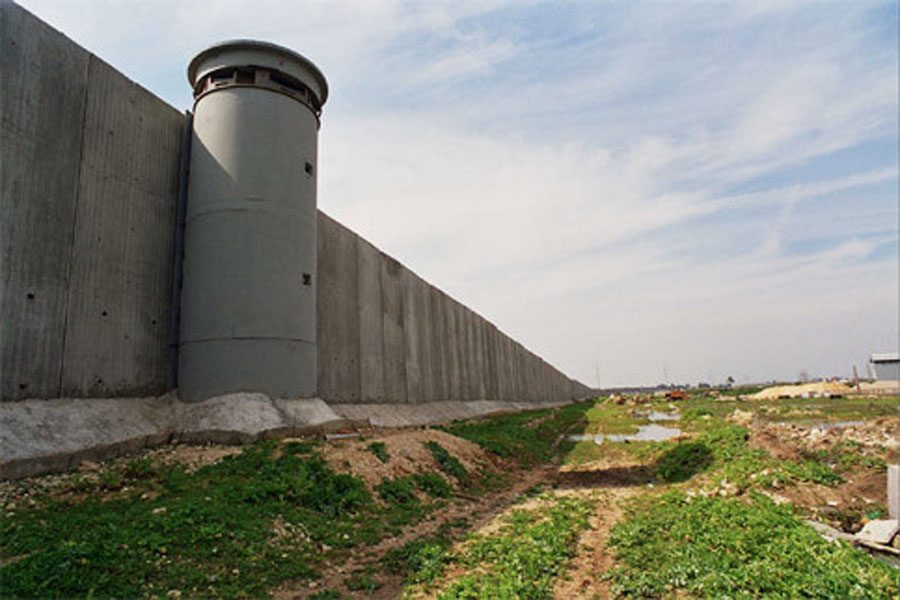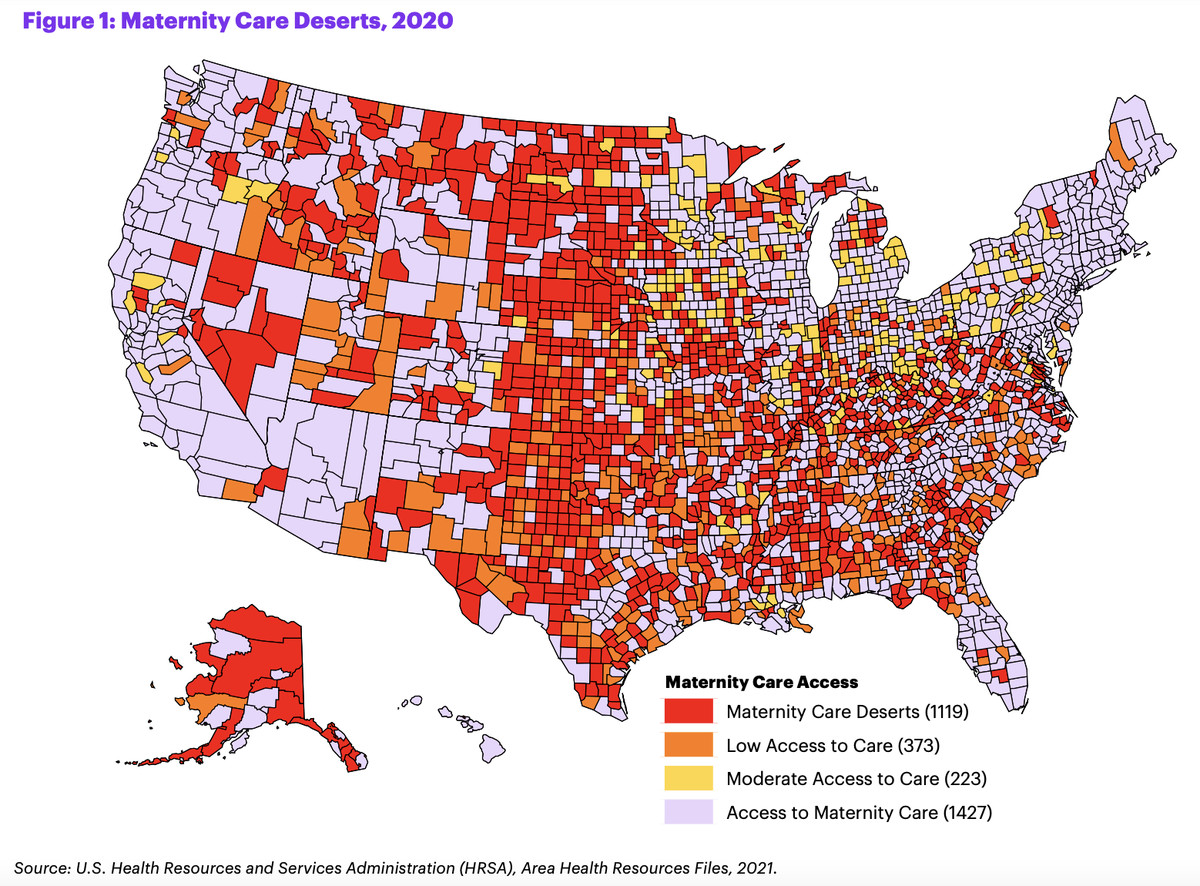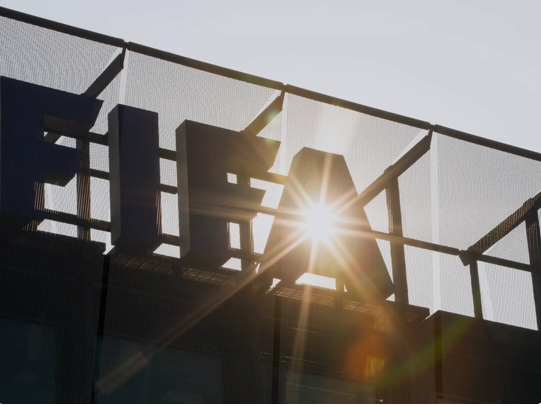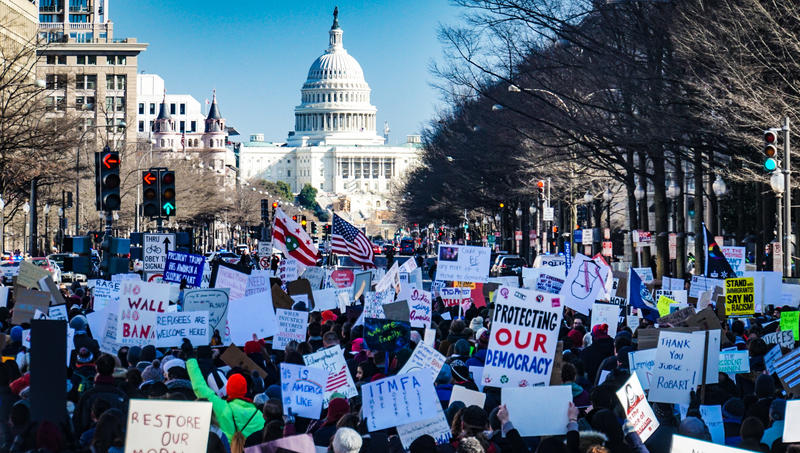President Trump has made his plan to construct a wall on our southern border a priority for Congress to address going forward in his term. Although the cost of the wall depends on who you ask, $21.6 billion dollars is the internal estimate discussed earlier this year. That is merely the pure dollar amount, not accounting for environmental damages, diplomatic damages, or other costs associated with such a massive project. The administration has claimed they will make Mexico pay for the wall, but for now the American public is fronting the costs. Furthermore, most of the strategies to make Mexico pay end up putting the burden on American consumers or citizens. Why should we do this? According to the proponents of this project, it will stop illegal immigration, halt the flow of drugs, and promote job growth.
This wall, built to stop illegal immigration from Mexico, comes at a time when more people are returning to Mexico than exiting. Mexico’s economy is improving, becoming more stable. Immigration from Mexico is no longer increasing; it has stagnated and even appears to be decreasing, albeit slowly according to PEW Research Center.
Some have attributed this to the Secure Fence Act , which President Bush passed in 2006, providing funding for 700 miles of fencing along the southern border. This covered some of the easiest to build areas and was deemed too expensive to continue. This was just fencing, not a big, beautiful concrete wall. People crossing the border have found ways around, through, under, or over the wall. They’ve moved to open areas, cut holes in areas rarely patrolled, dug tunnels, crossed by hot air balloon, and generally circumvented the physical barrier. Overall, this measure was discontinued for a reason, so why should we revive it?
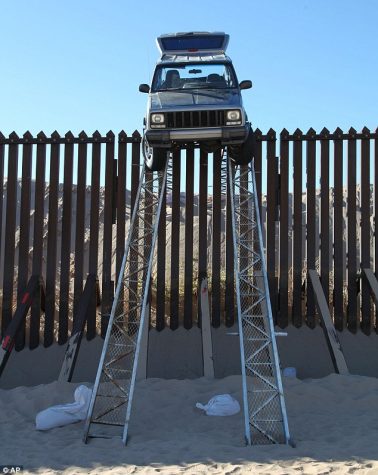
According to Trump, it will stop drug trafficking, which is so much more sophisticated than those walking across the border illegally. Cartels are much more likely to build tunnels, fly drones over the walls with drugs, or just drive through or over fencing. Unless the wall was built significantly underground, driving up the price, or made too high to drive over with a ramp, again increasing price, there would be simple ways to circumvent it, without bringing technology into it at all. Increasing border patrol personnel and funding without necessarily building a fence or wall would work just as well, if not better. Rep Will Hurd (R-Texas) says in an opinion piece for the Washington Post a wall is the “least effective way to secure the border” and goes on to suggest “a flexible, sector-by-sector approach that empowers the Border Patrol agents on the ground with the resources they need”.
The wall will require extensive labor, but they will be low-paying jobs that will be gone in three years. Furthermore, instead of being used to promote job growth through this construction project, the money could be used to fulfill President Trump’s promise of $1 trillion on infrastructure. This would include updating poor water and sewage piping, repairing highways, etc. These projects would be a larger benefit, increasing safety and preventing crises like what happened in Flint, Michigan.
Trump’s wall would be detrimental to our national identity, harmful to the environment, damaging for diplomacy, expensive, and ineffective. President Bush tried to build it, when it was more needed, and even then it was deemed ineffective, with the illegal immigrant population growing, not shrinking. This should not be built, and Congress was right to take a stand and not fund it in the bill for April 28.

